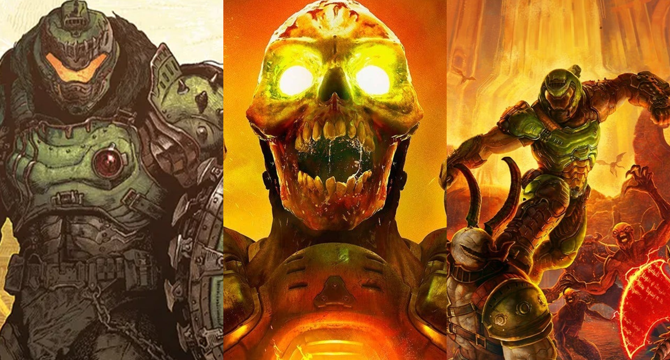IGN
1d
263

Image Credit: IGN
Every Doom Game Ranked
- Doom 3 (2004) was a slower, more story-driven game with impressive graphics but suffered from being too dark and had controversial gameplay mechanics like limited flashlight and weapons usage.
- Doom 64 is considered an interesting side entry, showcasing gothic visuals and a unique lighting system, but fell short due to limited enemies and reduced animation frames.
- Doom II (1994) refined the original Doom experience with new levels, enemies, and the introduction of the iconic Super Shotgun, but its map design was criticized for being less cohesive and satisfying.
- Doom: The Dark Ages offered a drastic departure from the usual Doom formula with deliberate combat, melee mechanics, and a dark setting, focusing on a single-player campaign over multiplayer.
- Doom: Eternal (2020) expanded on its predecessor with vibrant environments, expressive demon designs, and demanding combat mechanics, but some felt it overwhelmed players with too many gameplay elements and lore.
- Doom (2016) successfully captured the essence of the original Doom with fast-paced gameplay, minimalistic storytelling, and a return to the series' roots, earning praise for its addictive and pure action experience.
- The original Doom (1993) is celebrated as a groundbreaking and timeless classic that defined the first-person shooter genre, known for its simplicity, adrenaline-fueled gameplay, and enduring legacy in gaming history.
Read Full Article
15 Likes
For uninterrupted reading, download the app